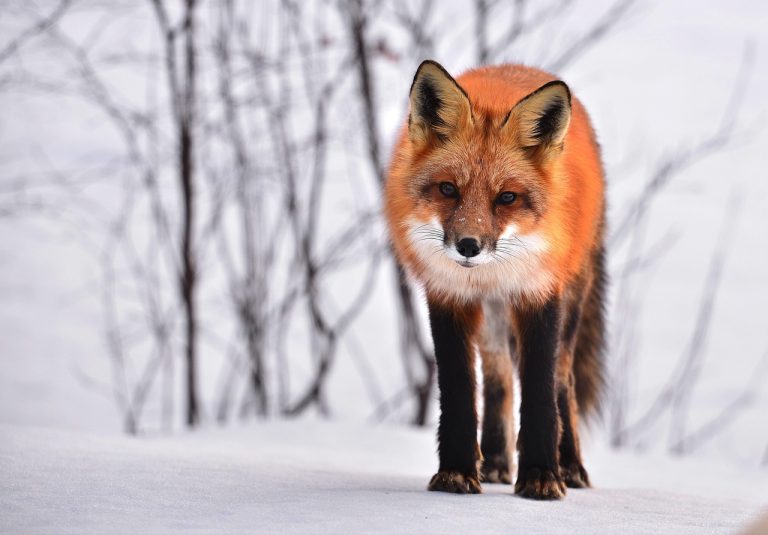Exploring Survival Instincts in Animals: Key Behaviors That Keep Them Alive
Survival instincts are fascinating. They define the nuanced ways in which animals, from the smallest insects to the largest mammals, navigate the challenges of their environments. Understanding how these instincts work offers an incredible glimpse into the resilience and adaptiveness of wildlife. In this blog post, we will dive deep into exploring survival instincts in animals and uncover the key behaviors that keep them alive.
Introduction to Survival Instincts in Animals
Every creature has a built-in mechanism aimed primarily at survival and reproduction. These survival instincts are often complex and range from basic responses like fleeing from a predator to sophisticated techniques for finding food and shelter. By exploring survival instincts in animals, we can learn not only about the animals themselves but also gain insights into the broad principles of evolution and ecology.
Key Survival Behaviors in the Animal Kingdom
The manner in which survival instincts manifest in the animal kingdom is both diverse and ingenious. Here are some key behaviors that keep animals alive:
-
Camouflage:
Camouflage is one of the most widespread survival tactics in the natural world. Animals such as chameleons, octopuses, and stick insects change their color, texture, or shape to blend into their surroundings. This form of concealment protects them from predators and enhances their ability to ambush prey. -
Mimicry:
Beyond simply hiding, some animals have evolved to mimic more dangerous creatures or their environment to avoid detection. The harmless king snake, for example, has similar markings to the venomous coral snake, a strategy that can deter potential threats. -
Flight Instinct:
The fight-or-flight response is a critical survival instinct observed across various species. When faced with danger, animals like deer and rabbits choose flight — they run at incredible speeds to evade predators. This simple yet effective instinct is crucial for their survival in the wild. -
Foraging Techniques:
Animals have also developed diverse foraging methods to ensure a steady food supply. Bees communicate through dances to inform their hive of food locations, while squirrels use spatial memory to relocate hidden caches of nuts. -
Social Cooperation:
Many species have adopted social living as a survival strategy. Wolves hunt in packs, and elephants live in closely knit family groups that protect each other. These social structures help them defend against predators, hunt efficiently, and raise their young safely. -
Territoriality:
Many animals mark and defend territorial boundaries vigorously. By controlling a specific territory, they assure access to resources, mating opportunities, and secure spaces for rearing young. Territorial behaviors can often be observed in birds during nesting season as they fend off rivals. -
Hibernation and Estivation:
To escape harsh weather conditions and periods of scarce food supplies, some animals have developed the ability to hibernate or estivate. Bears, for example, hibernate through winter, slowing their metabolism to conserve energy, while certain desert toads estivate underground during hot, dry periods.
FAQs on Exploring Survival Instincts in Animals
Q1. What is the difference between innate and learned survival instincts?
Innate instincts are behaviors that an animal is born with, such as the reflex of a newborn kangaroo to climb into its mother’s pouch. Learned instincts, however, are acquired through experience, like a young cheetah learning to hunt from observing its mother.
Q2. How do survival instincts affect an animal’s lifespan?
Enhanced survival instincts directly correlate with an increased chance of living longer as these behaviors primarily protect the animal from predators and help in securing food and resources necessary for survival and reproduction.
Q3. Can humans observe and learn from animal survival instincts?
Absolutely. Studying animal survival instincts ignites curiosity and deeper respect for biodiversity and provides crucial insights into better environmental and wildlife conservation practices.
Conclusion on Exploring Survival Instincts in Animals
Exploring survival instincts in animals isn’t just about understanding how animals survive; it’s also about appreciating the complexity of nature and evolution. These instincts remind us of the intricate connections between species and their environments, and the extraordinary lengths life will go to persevere. So, the next time you observe a bird, insect, or mammal, take a moment to appreciate the robust survival behaviors that are unfolding right before your eyes.
By delving into these key behaviors that keep animals alive, we not only enhance our understanding of the natural world but also ensure we are better equipped to protect it. Let us continue to explore, learn from, and coexist responsibly with the amazing wildlife on our planet.



